Orange
1. The collected orange seeds need to be kept clean and remove the adherent pulp on the surface
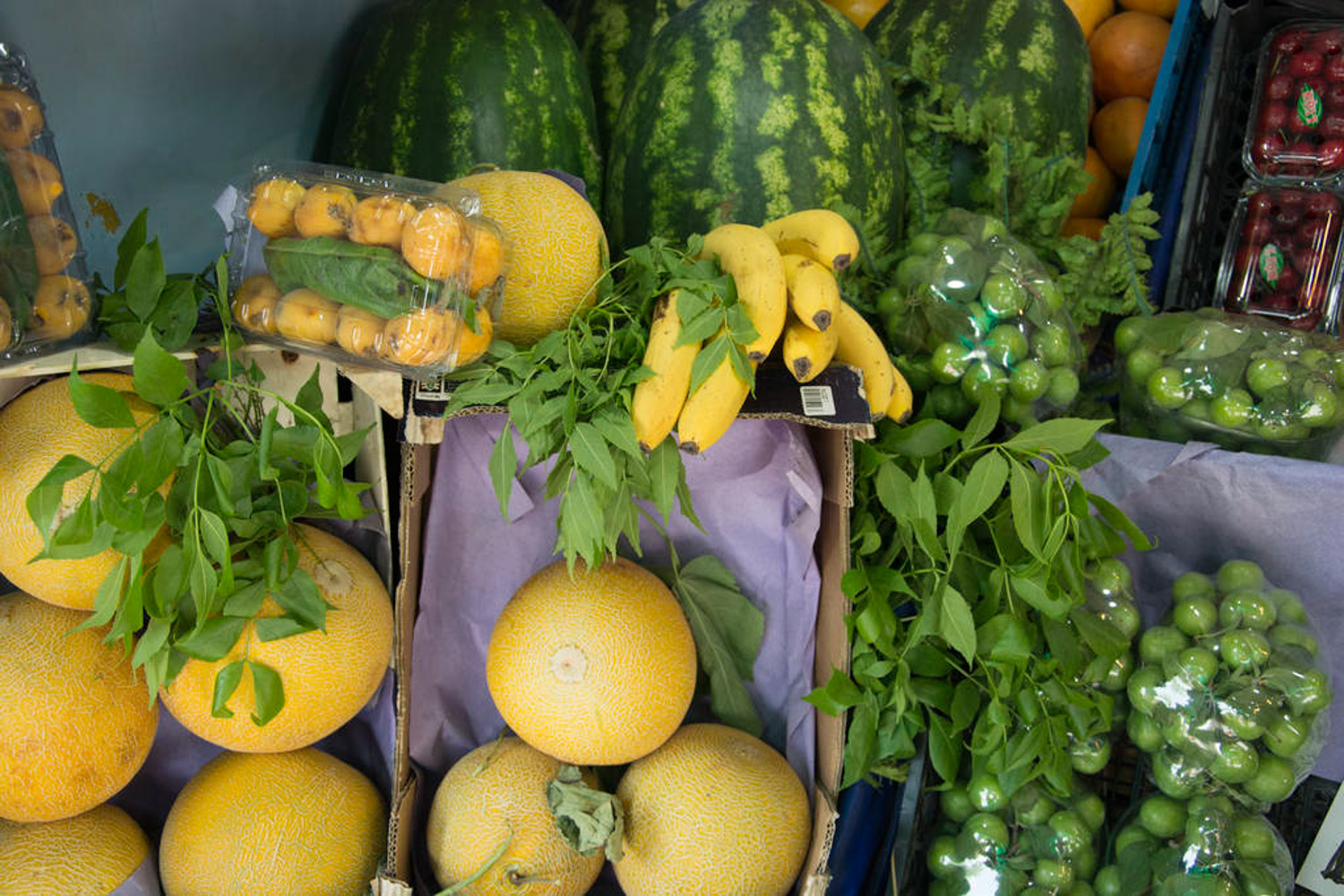
2. Soak the collected orange seeds in clean water, change the water once a day, soak in the water for about a week, and insist on changing the water every day to keep the seeds clean
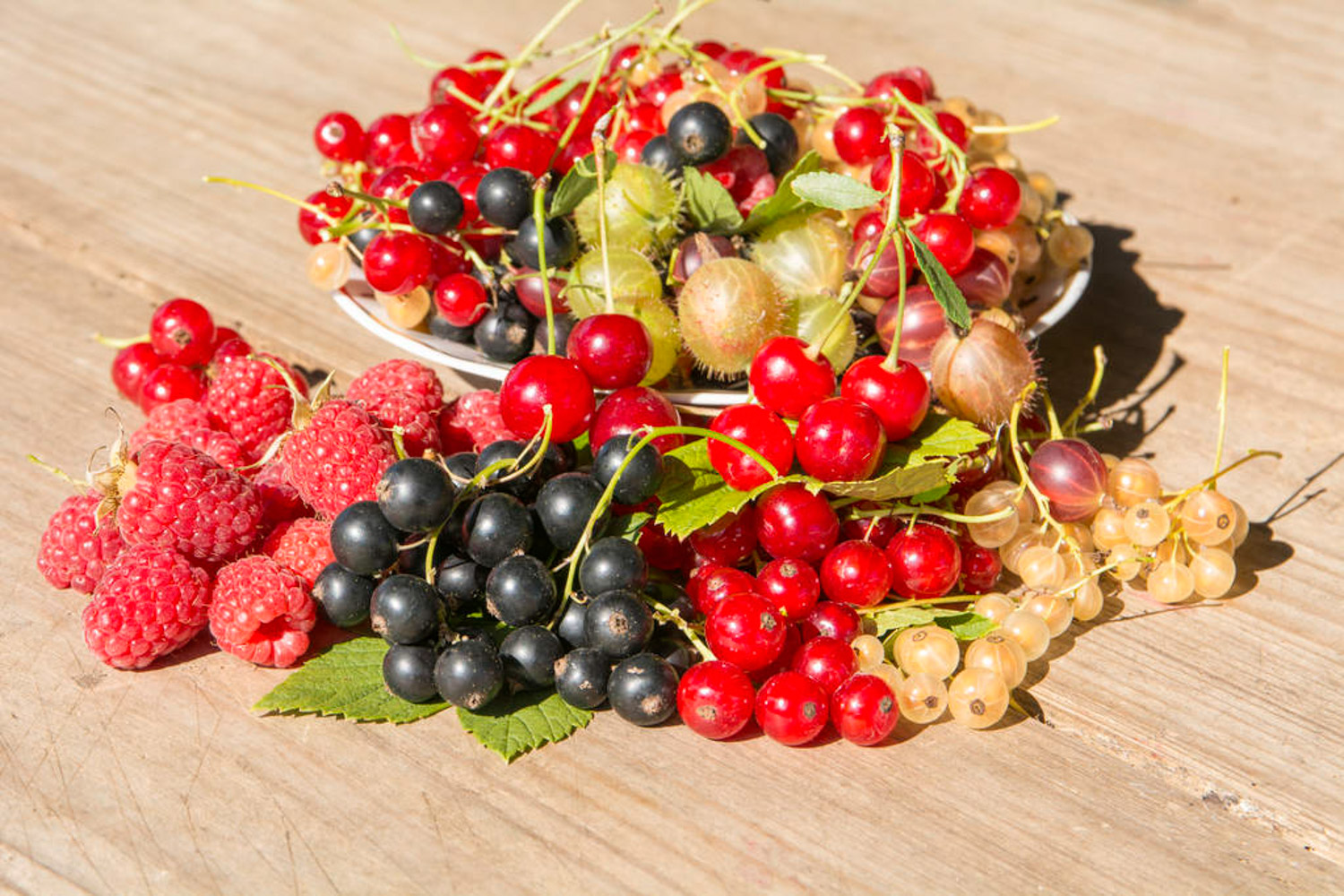
3. Prepare a pot of nutritious soil and transport it loose and breathable. Bury the orange seeds about two centimeters under the soil, water them every day, and wait patiently for the seeds to germinate

4. Generally, orange seeds planted in pots germinate in about 3 weeks. When planted in colder weather, the germination time will be later
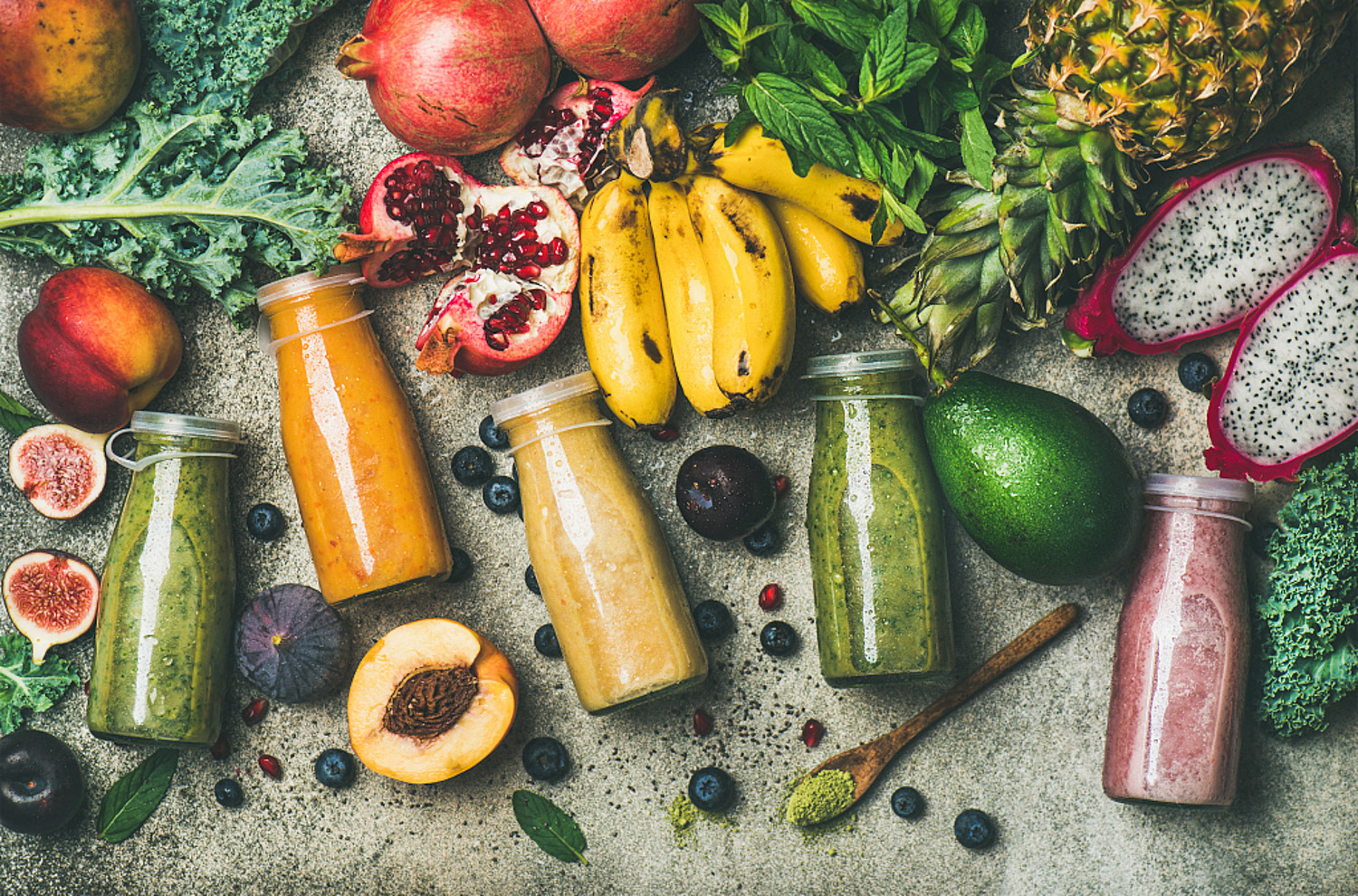
5. Oranges are more shade tolerant, but to grow healthily, they still need good sunshine and are not resistant to cold. When the temperature is lower than - 8 ℃, freezing injury occurs, and the soil needs to be kept moist during growth
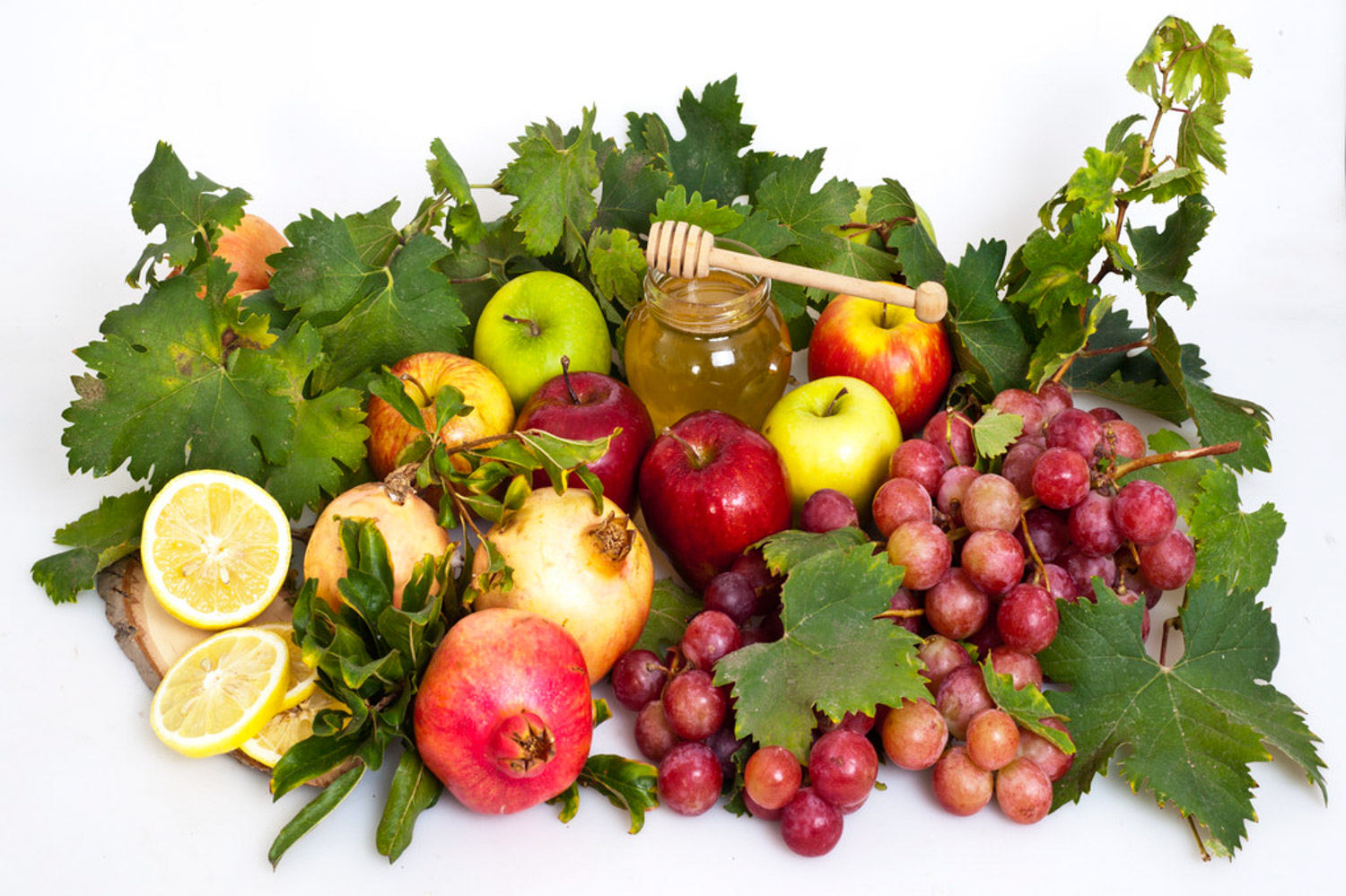
Kiwi fruit
1. Choose a healthy kiwi fruit, cut it in half with a knife, and take the seed out of the pulp
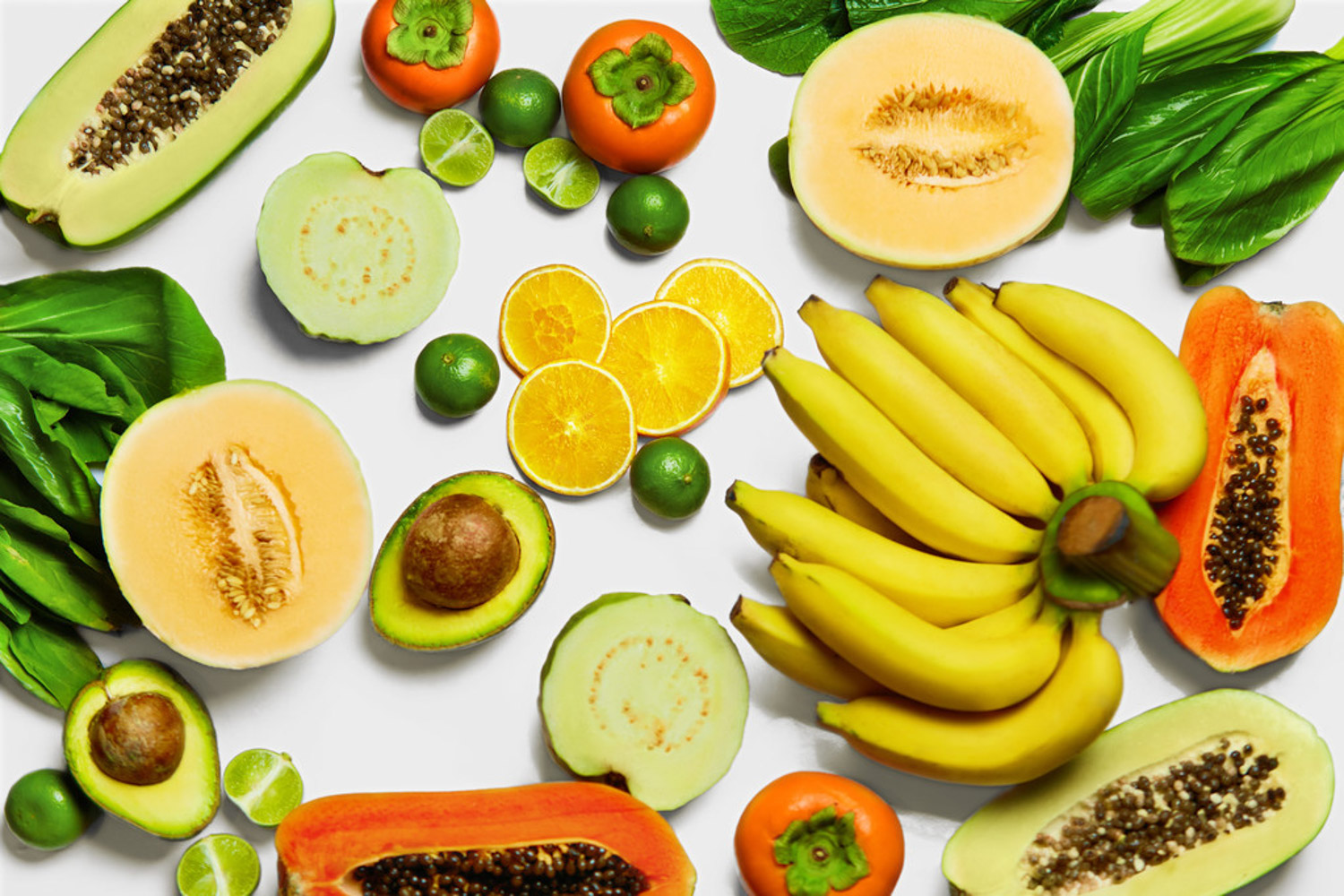
2. Soak the prepared Kiwi seeds in clear water, put them in a sunny place, and change the water every day

3. When you see the tendency of kiwifruit seeds to germinate, you can take out the seeds, put them on a wet paper towel and use the wet towel to promote germination

4. After that, seed the germinated seeds into the flowerpot, cover it with a thin layer of soil, water it and wait for the new buds to germinate

Take good care of it, and you may soon be able to eat your own kiwi fruit


Apples
1. Prepare a pair of scissors, break the core and pull out the seed (just put it on your mouth)

2. Wash the seeds and set aside (the seeds should not have pulp)

3, prepare nursery boxes, paper towels, spray bottles and label stickers. p>

4. Put the washed apple seeds on a paper towel and put them in a box

5. Cover the apple with a layer of paper towel

6, spray the paper towel wet with spray, and note that the water should not be sprayed too much to prevent the seeds from rotting. p>

7. Cover and label

8. If the temperature can reach 20 degrees, the seeds will germinate in about 2-3 days

9. Note that this thin and long section is the root of the apple, not the bud. We just need to bury this part of the root in the prepared seedling soil, with the bud head up, and then quietly wait for the TA to break through the soil

10. After a few days, the seeds buried in the soil scrambled to break through the soil and shell

Longan
1. Remove the flesh of longan, remove it, soak it in clean water for several days, and change the water every day

2. After soaking in water for a week, you will find a crack in the shell of longan

3. Put the cracked longan with the bud point upward and sow it into the flowerpot

4. Put a layer of small stones on the surface, water it, keep the soil moist every day, and longan will sprout in about a week

(author: Junior 13 source: Douban)
Fire dragon fruit
1. Cut the Pitaya in half with a knife, and then gently scrape the pulp into the plate with a spoon

2. Add proper amount of water to the pulp and knead it gently to separate the pulp from the seed

3. Find a permeable gauze net. If there is no gauze net, find a silk stockings. Pour the kneaded pulp into the gauze net to filter the water and some impurities. Then continue to soak in water and knead until the pulp and seeds are completely separated

4. The obtained pitaya seeds can be put on clean toilet paper to absorb water and completely dry the seeds, which is conducive to sowing

5. Seed the prepared pitaya seeds into the flowerpot evenly

6. The potted pitaya planted well needs to be watered and covered with fresh-keeping film to keep it moist. Open the plastic wrap and spray water every day until the Pitaya sprouts, and then it can be completely opened

7. Two weeks later, the dense small forest of Pitaya can grow out. It is light yellow and green. It is placed on the desk and tea table, clear and refreshing

Pomegranate
1. Choose plump and ripe pomegranates. Open the pomegranate peel, take out the pomegranate seed from the fruit, and remove the outer seed coat, which is also the part we eat


2. Put pomegranate seeds neatly into the cultivation substrate. The seeds planted in the water pot shall be kept wet, so as to prevent the seeds from rotting completely. The stones can not be sprayed in the whole planting stage every day

▼ the seeds will break through the soil in about three or four weeks

▼ pomegranate seedlings

3. When there is lignification at the bottom of pomegranate seedlings, pomegranate seedlings can be transplanted from the seedbed to the flowerpot. Recommended soil: 7 parts of leaf rot soil or humus soil, 2 parts of turf soil and 1 part of sandy soil

4, dig a hole in the flower pot with a small garden shovel or a stiff stick, and the size can be pushed into the roots of the seedlings. p>

5. Take out the seedlings from the seedbed, plant them in the flowerpot, water and compact them

▼ transplanted pomegranate seedlings

Lemon
1. Soak lemon seeds in clear water for a period of time to remove the pulp

2. Remove the pulp on the surface of lemon seeds with tweezers

3. Then soak the lemon in water and change the water every day until you see the bud point

4. Evenly sow the treated lemon seeds into the flowerpot

5. After sowing, put a layer of small stones above the lemon seeds

6. Spray water every day to moisturize, and you can germinate in about a week

7. Cute lemon potted plants are placed in front of your desk to provide you with a good mood every day

Flower friends, what else have you planted
Welcome to leave a message~
(Note: the pictures come from the Internet and the copyright belongs to the original author. Due to restrictions, some pictures cannot be found and the author has not been marked. If your rights and interests are infringed, please contact Huahua wechat qdxixi or qq1273160598 for deletion or copyright payment.)< span>

 how many times do yo...
how many times do yo... how many planted tre...
how many planted tre... how many pine trees ...
how many pine trees ... how many pecan trees...
how many pecan trees... how many plants comp...
how many plants comp... how many plants can ...
how many plants can ... how many plants and ...
how many plants and ... how many pepper plan...
how many pepper plan...


























